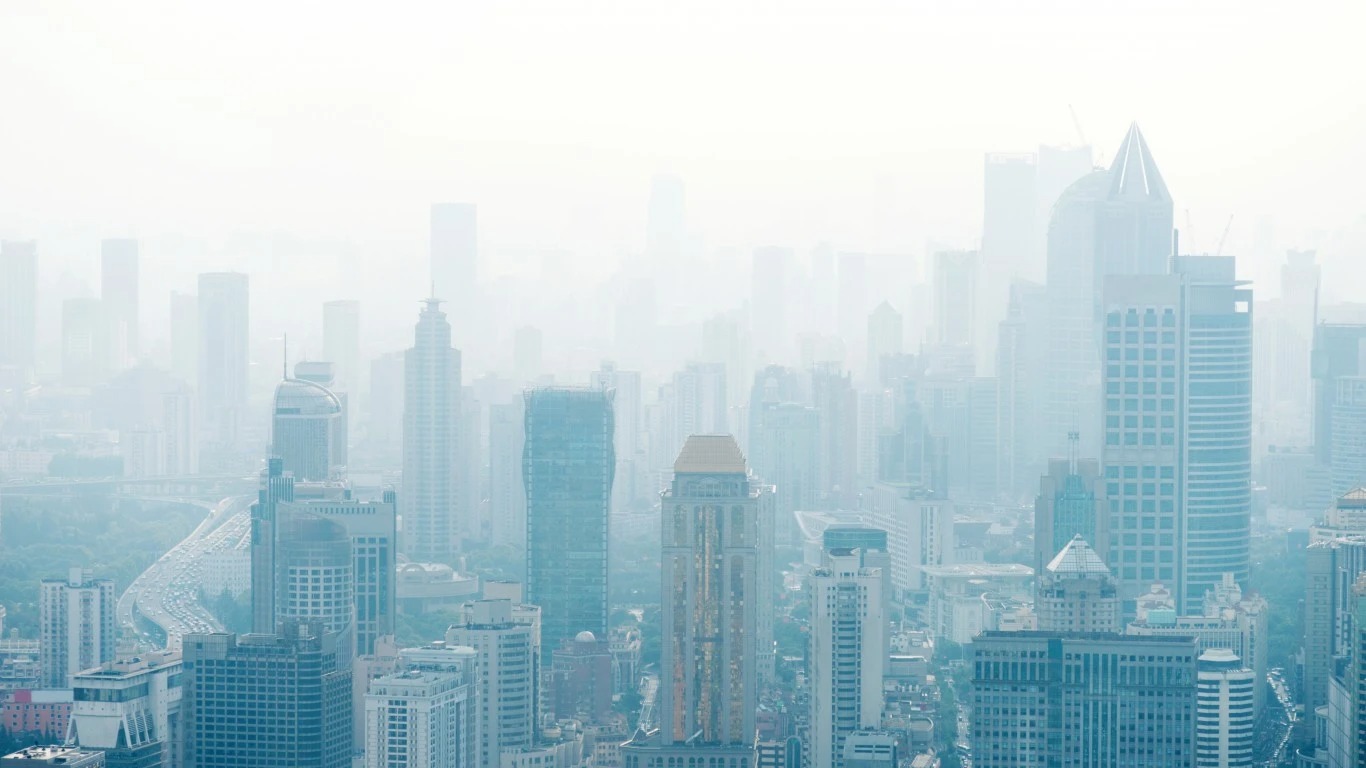
The world has experienced so far this year record-shattering heat waves across Asia and the Mediterranean, an unprecedented month-long cyclone that walloped Madagascar, Malawi, and Mozambique, an unusually active wildfire season in Canada that rang air-quality alarms bells across much of the United States, and a ruthless early-summer heat dome over much of Texas and Mexico. And we are only half way through the year.
These are just some of the many ongoing freakish weather events in 2023 that illustrate a new normal — a world with more frequent and severe droughts, heatwaves, heavy rainfall, severe storms, and flooding. (Here are 20 islands that will disappear in your lifetime.)
Just this month, a group of climate experts warned that keeping the target of long-term global warming below 1.5 degrees Celsius (2.7 degrees Fahrenheit) from pre-industrial levels by the end of the century is quickly slipping out of reach. To achieve that, “greenhouse gas emissions must peak before 2025 at the latest and decline 43% by 2030,” according to the U.N. Climate Change secretariat. But which countries need to step up the most?
To find the countries emitting the most CO2 (carbon dioxide is one of the main greenhouse gasses), 24/7 Wall St. reviewed Global Carbon Budget 2022 by Friedlingstein et al. (2022b) published at Earth System Science Data. The study estimates national emissions from fossil fuel combustion and oxidation and cement production and excludes emissions from bunker fuels (fuels used for international aviation and maritime transport). Countries are ranked by total CO2 emissions.
Not surprising, larger economies and countries with large populations tend to emit more CO2 each year. This includes the world’s two largest economies, China and the United States, which are also the world’s two largest CO2 emitters, making up 44.4% of the global share of CO2 emissions. As relations between China and the U.S. are thawing, questions about whether the two largest CO2 emitters can cooperate in fighting climate change are swirling.
So far, out of the 25 countries emitting the most carbon dioxide emissions, seven have reduced emissions since the start of the century. Notably, the U.S. is emitting 17% less CO2 than in 2000 as the country moves away from coal toward cleaner natural gas. Wind and solar power generated more electricity than coal in the first five months of the year, according to preliminary government data reviewed by Scientific American’s E&E News. (Despite the progress, several U.S. cities rank among the worst cities to live as climate change gets worse.)
Other major emitters such as India and Russia, however, are nowhere near the point where they can reduce their heavy dependence on fossil fuels. In fact, only three of the top 10 emitters — countries responsible for nearly 60% of emissions — have reduced CO2 output since 2000.
But whatever progress is being made, those efforts may not be enough to keep warming below the 1.5-degree threshold. If temperatures did rise above the threshold, it would trigger a “cascade of tipping points” that would “irreversibly alter the global climate system,” the Yale School of the Environment reported in March. Those issues and more will be discussed in November at the 28th annual U.N. Climate Change Conference in Dubai.
Here are the countries emitting the most carbon dioxide into the atmosphere.





